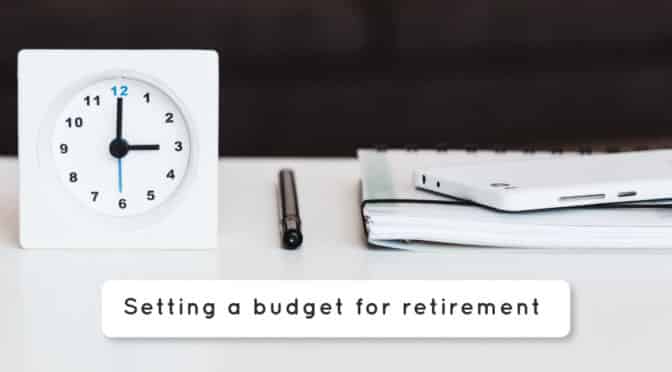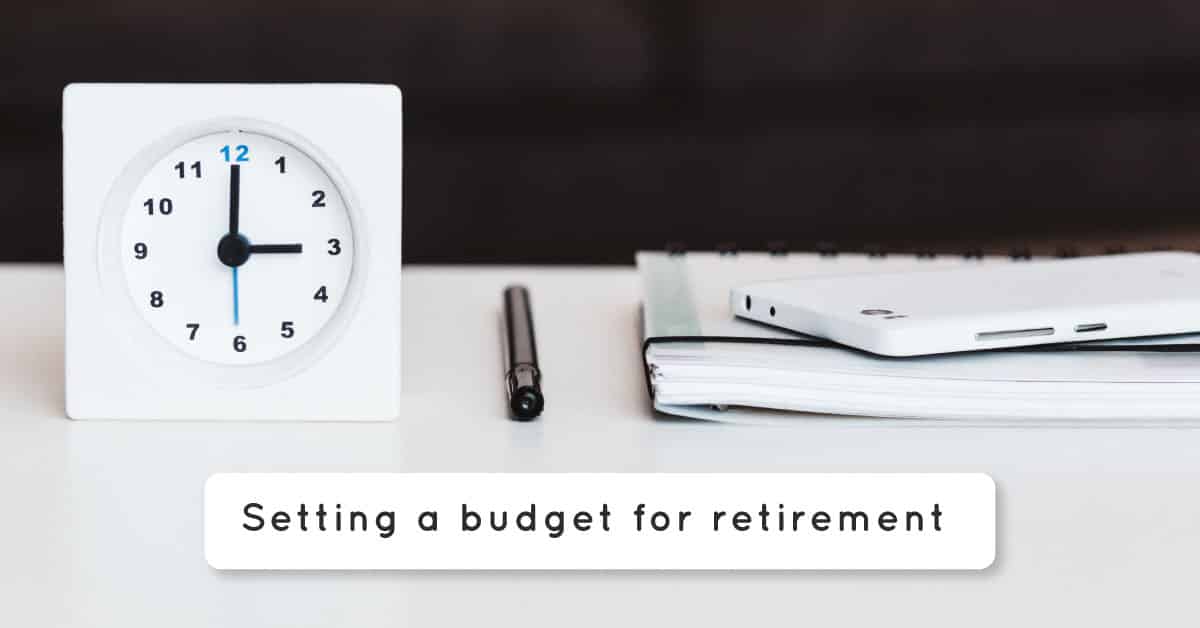Let's Get Started
You'll get the most value from financial planning if your specific goals and needs match a firm's philosophy and services. Let's learn more about each other.
Ready to Get Started?


One of the more difficult tasks in planning your retirement is getting an accurate view of your ongoing expenses. In fact, once you’ve developed a reasonable sense of how much income you’ll have in retirement, figuring out your expenses is the only other major financial task before you retire. Many families don’t live according to a monthly budget, and even if they do, shifting your mindset on how you spend money in retirement can take some work.
When I say “budget” in this post, I really mean “spending guidelines”. Even though you’ll no longer be working full time in retirement, you will often have some flexibility in how you spend your money each week and month. Borrowing from one spending category to pay for a special expense is okay! It will likely take you several months in retirement to really settle into your spending approach. It’s quite normal for you to be anxious about how and where you’re spending money in the first year or so of retirement, so plan for that reality and accept that you’ll need to change some budgeted categories as you go along.
That leads us to the actual exercise of budgeting, how do you do it?
This is the more time-consuming option. It may not ultimately be more accurate for your situation than the second approach, BUT it has one major advantage—it forces you to confront what you spend your money on and whether that reflects your priorities in retirement.
How to do this:
Use Vanguard’s spreadsheet: https://personal.vanguard.com/us/insights/retirement/tool/retirement-expense-worksheet
As you can see, this can take some time. You’ll need to discuss the results with your spouse, if applicable, and consider coming back to the budget a day or two after you first go through this exercise to review it again.
The goal: you want to have a rock-solid understanding of what you spend your money on today, and how you think that might change in retirement. This is not a perfect document, don’t think you’ll live precisely according to this budget! But focus on understanding how and where you spend and you’ll have done the job correctly.
The second approach to budgeting for retirement is much less detailed and faster, and quite frankly, I don’t really recommend it. Retirement is a really critical time to plan correctly, and you should expect to spend some time on your expense guidelines. Yet, this second way has a distinct advantage in that it uses the wisdom of a ‘rule of thumb’ to make sure you’re on track for spending.
What is that rule of thumb? 70-80%.
Take your current pre-retirement take-home pay (your after-taxes income) and multiply it by 80%. If your take home pay is $80,000, your estimate is $64,000. 70% of it would be $56,000.
This is the amount that we can estimate you’ll still spend in retirement after taxes. That’s because almost all retirees spend less over time than when they were working. Often that’s because you’re likely done raising children and paying on your mortgage, as well as some incidental costs for working (like work clothes and commuting costs).
Beware, though, thinking that you’ll save a fortune on your day-to-day expenses as a retiree! Many people eat out at restaurants more frequently, go on better and longer vacations, and still have other home and living expenses (cable, cell phone, etc.) that don’t go away just because you’re retired.
So, the 80% number is actually the conservative rule of thumb. Most people will spend at least that much in retirement.
Regardless of which approach you use, you’ll want to give some attention to these three items:
Figuring out how much you intend to spend living in retirement is a critical step in planning your retirement. Whether you take the time to do the (more accurate) detailed budget or guesstimate with a percentage of your take-home pay, you will need to give this facet of retirement some thought.
Looking for help determining your budget and matching it to your retirement income? Schedule an introductory call today, no strings attached!